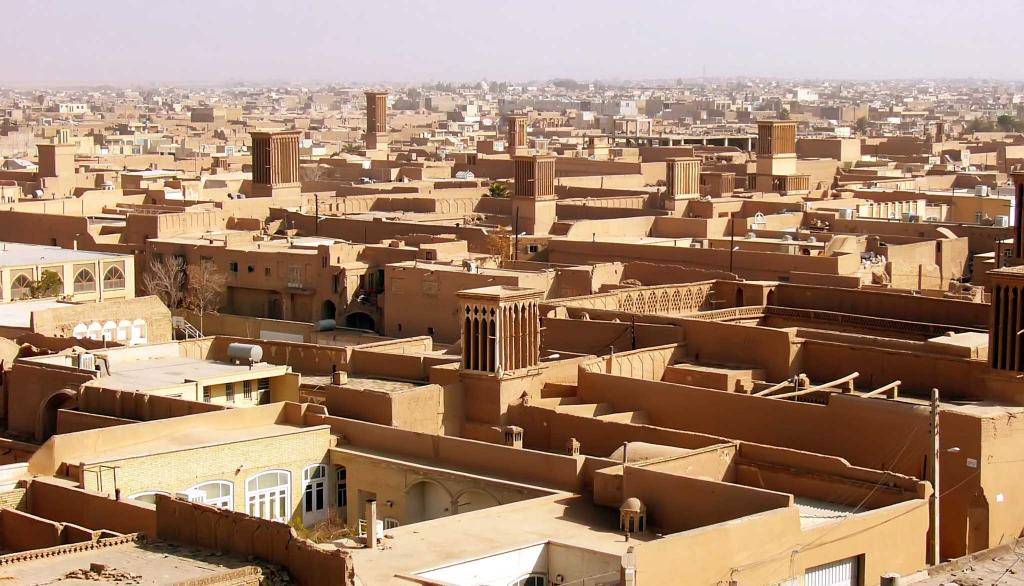Historical texture of Yazd Province is at serious risk partly because civil society seems to have adopted a passive and conservative attitude leaning on indifference toward the inaction and torpor of the relevant government bodies, a cultural heritage activist says.
Speaking to ILNA, Amir Taraqinejad voiced criticism over civil society’s approach adding that politicization of and conservatism toward crucial cultural heritage issues is not acceptable.
“During the previous government the people were more active in conservation projects and directed criticism at the government as and when necessary. Today it seems to have preferred silence for rather unknown reasons,” he said.
Earlier the government faced strong protest by cultural activists over the three-day presence of loaders in the historical texture and the destruction of three ancient homes. Today, however, one-week stays of loaders and massive destruction does not appear to move the people to take action as before, and when they do the feeble attempts do not produce results like in the past, he complained.
Other Challenges
Taraqinejad stressed that the provincial office of Iran’s Cultural Heritage, Handicrafts and Tourism Organization and the Cultural Heritage Protection Unit are not the only bodies to be held responsible for the recurrent destruction of historical textures. “The municipality, city council and other organizations in charge of historical sites are also to be blamed.”
“For instance, several cisterns, windcathers and buildings in Yazd are Waqf (mortmain property) and their protection and restoration is not possible without the cooperation of Iran’s State Endowment and Charity Affairs Organization,” he said.
Mortmain property is an inalienable religious endowment in Islamic law, typically donating a building or plot of land or even cash for Muslim religious or charitable purposes with no intention of reclaiming the assets.
Absence of professional staff in the municipality, failure of the relevant bodies to forge an agreement on cultural heritage conservation projects and the lack of funds are among other challenges cultural protection projects usually encounter.
Moreover, people are not fully aware of value and worth of the ancient textures and how to protect it mainly because no funds are allocated for public awareness programs. “Everybody knows that a Safavid-era rug is of high value and should not be discarded, but few if any know that the historical texture is also as precious,” Taraqinejad noted.
Construction of car parks in the historical texture is another threat to the civil architecture’s uniformity.
“One of the main features of the texture is its narrow so called ‘Ashti-Konan’ alleys (places for patching up) which are being ruined as they are transformed into wider alleys for easy vehicular traffic.”
Neglected Treasure
The government seems to be negligent over the treasures hidden in the heart of historical cities giving priority to mitigating economic concerns.
All the problems are major barriers to the historical texture’s UNESCO inscription just as the dossier of windcatchrs was delayed when inspectors saw no practical effort to protect the heritage on the part of the relevant officials, Taraqinejad added.
With a historical texture covering 2,270 hectares, Yazd in central Iran is thought to be one of – if not the first - adobe cities in the world.
Yazd’s candidacy for world heritage status is expected to be reviewed during the 40th session of the UNESCO World Heritage Committee in Istanbul, Turkey (July 10-20).
The historical texture was inscribed on the National Heritage List in 2005.
The historical city of Susa in Khuzestan Province and the ancient Meymand Village in Kerman Province were also inscribed on the list during the committee’s 39th session in Bonn in July, increasing the number of world heritage sites in Iran to 19.


